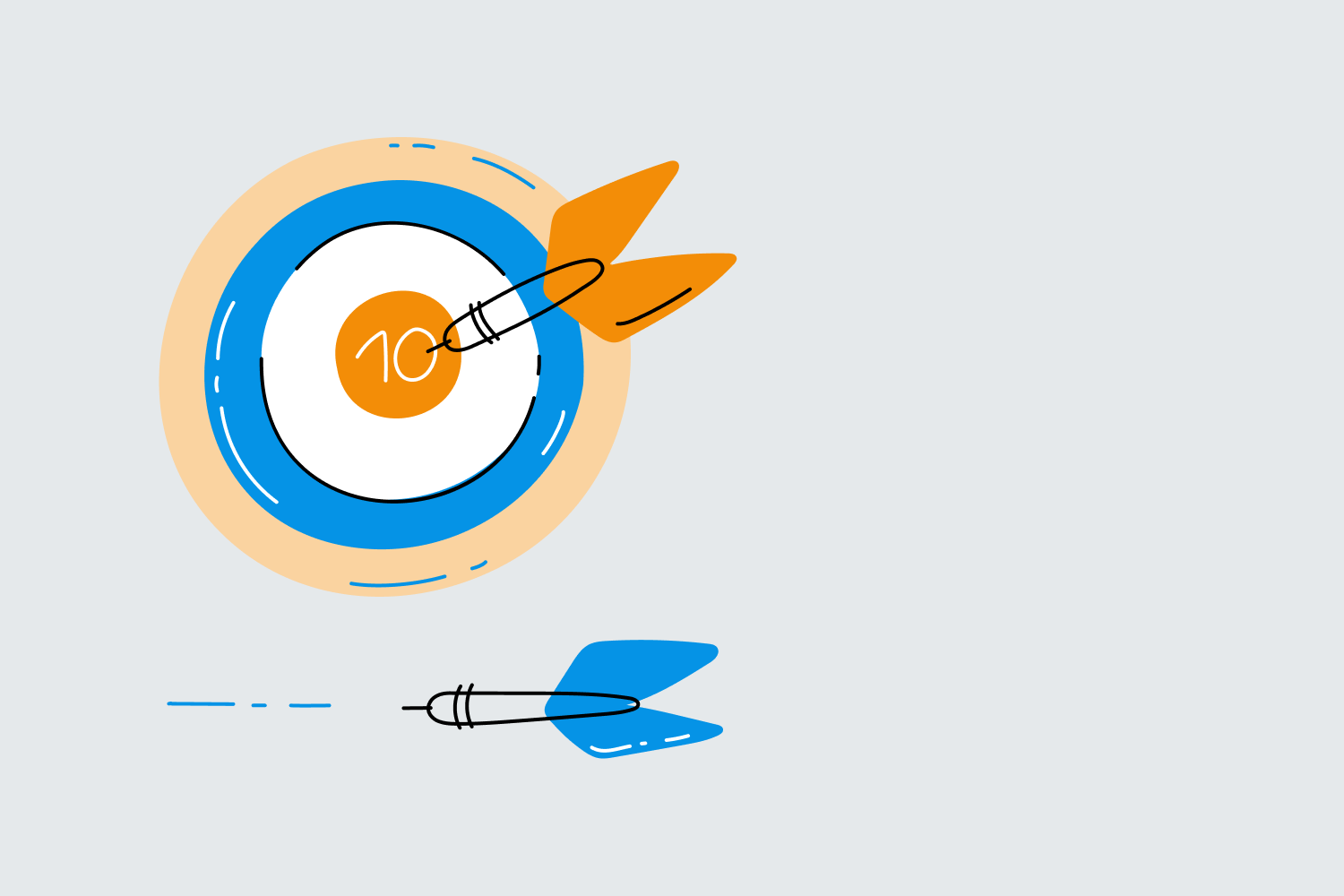5 Essential Tips for Boosting Your Google Ads Performance
Loves Data
Google Ads is an incredibly powerful advertising platform that, when optimized effectively, can drive impressive results for your business. Whether you're an entrepreneur, marketing professional, or content creator, implementing proven techniques to enhance your Google Ads performance is essential for success in today's competitive digital landscape. Loves Data is here to empower you with the necessary knowledge to excel in your online marketing efforts with our comprehensive online courses on Google Ads, Google Analytics, Google Tag Manager, and Looker Studio (previously Google Data Studio).
In this article, we'll share five essential tips for boosting your Google Ads performance. These practical and actionable recommendations will help you refine your ad campaigns, improve ad relevancy, and increase your return on investment. From strategic keyword research to effective ad extensions, we've got you covered with the tips and tricks you need to make the most of your Google Ads campaigns.
1. Conduct Thorough Keyword Research
Keyword research is the backbone of any successful Google Ads campaign. It helps you identify the most relevant, high-intent terms that your target audience is searching for. Use tools like Google's Keyword Planner or Ubersuggest to find keywords relevant to your business, considering factors such as search volume, competition, and cost-per-click (CPC).
Aim to create a mix of short-tail and long-tail keywords. Short-tail keywords are shorter, more general terms that usually have higher search volume and CPC. Long-tail keywords, on the other hand, are longer, more specific phrases that tend to have lower search volume but higher conversion rates, as they often indicate a more precise user intent.
Additionally, look for opportunities to include negative keywords—these are terms you don't want your ads to show up for. By excluding irrelevant or low-quality keywords, you can prevent wasted ad spend and ensure your ads appear only for target audiences with high purchase intent.

2. Optimize Ad Copy for Relevancy and Clarity
Writing high-quality, relevant ad copy is crucial in capturing users' attention and encouraging them to click on your ads. Here are some best practices for crafting compelling ad copy:
- Write clear and concise headlines that directly address the user's search query.
- Use simple and descriptive language that highlights your unique selling points (USPs).
- Include a strong call-to-action (CTA) to guide users toward a desired action, such as "Shop Now" or "Learn More."
- Test different ad copy variations to find what resonates best with your target audience.
Remember to incorporate your target keywords into your ad copy, as this can signal relevancy to both users and Google's algorithm, potentially improving your ad relevance score and decreasing CPC.
3. Leverage Assets to Boost Engagement
Assets (previously called ad extensions) are additional pieces of information that can be displayed alongside your ads, such as call buttons, location details, and additional site links. These assets can make your ads more engaging, informative, and interactive, ultimately increasing your click-through rate (CTR) and ad performance.
There are several types of assets available:
- Sitelink Assets: Allow for additional links to specific pages on your website.
- Location Assets: Display your business address, phone number, and directions.
- Call Assets: Add a clickable phone number for users to call directly from your ad.
- Structured Snippet Assets: Highlight specific aspects of your products or services.
- Callout Assets: Showcase additional information about your business, such as "Free Shipping" or "24/7 Customer Support."
Experiment with different assets to determine which ones are the most effective for your campaigns and target audience.
4. Improve Your Quality Score for Lower CPC and Higher Ad Rank
Google uses a metric called Quality Score to evaluate the relevancy and overall quality of your ads. A higher Quality Score can lead to lower CPC and better ad positions.
Quality Score is based on three primary factors:
- Expected CTR: The likelihood that your ad will be clicked based on its historical performance and ad position.
- Ad Relevance: How well your ad matches the intent of a user's search query.
- Landing Page Experience: The quality, relevance, and user-friendliness of your landing page.
To improve your Quality Score, follow these tips:
1. Enhance ad relevance through keyword targeting and ad copy optimization.
2. Increase CTR by testing various ad copy variations and optimizing ad positions.
3. Optimize your landing pages by ensuring they are relevant, visually appealing, easy to navigate, and load quickly.
By continuously working to improve your Quality Score, you can secure better ad placements at a lower cost.
5. Utilize Location and Audience Targeting

Google Ads offers various targeting options that allow you to display your ads to specific audiences based on factors such as location, demographics, and interests. By refining your targeting, you can make your ads more relevant and attract users with a higher likelihood of conversion.
For location targeting, consider focusing on areas where your target audience is most likely to be present, such as specific cities, regions, or even a specific radius around your business location.
In terms of audience targeting, you can create custom audience segments based on users' interests, affinities, and in-market behaviors. Furthermore, you can leverage remarketing efforts to target users who have previously engaged with your website, increasing the chances of driving repeat visits and conversions.
By fine-tuning your targeting options, you can optimize your ad placements, reach the most relevant users, and improve overall ad performance.
Elevate Your Google Ads Performance with Loves Data
Optimizing your Google Ads campaigns is an ongoing process that requires constant testing, refining, and learning. Applying the tips we've shared in this article can contribute to significant improvements in your ad performance, ultimately leading to increased ROI and business growth.
However, mastering Google Ads isn't an overnight process. It takes time, dedication, and the right resources to ensure consistent success. At Loves Data, we aim to help you achieve your marketing goals through our comprehensive online courses covering Google Ads, Google Analytics, Google Tag Manager, and Looker Studio. So why not elevate your Google Ads skills and ensure ongoing success by enrolling in a Loves Data Google Ads training today? Enhance your marketing expertise, boost your performance, and unlock your full potential with Loves Data!




Comments